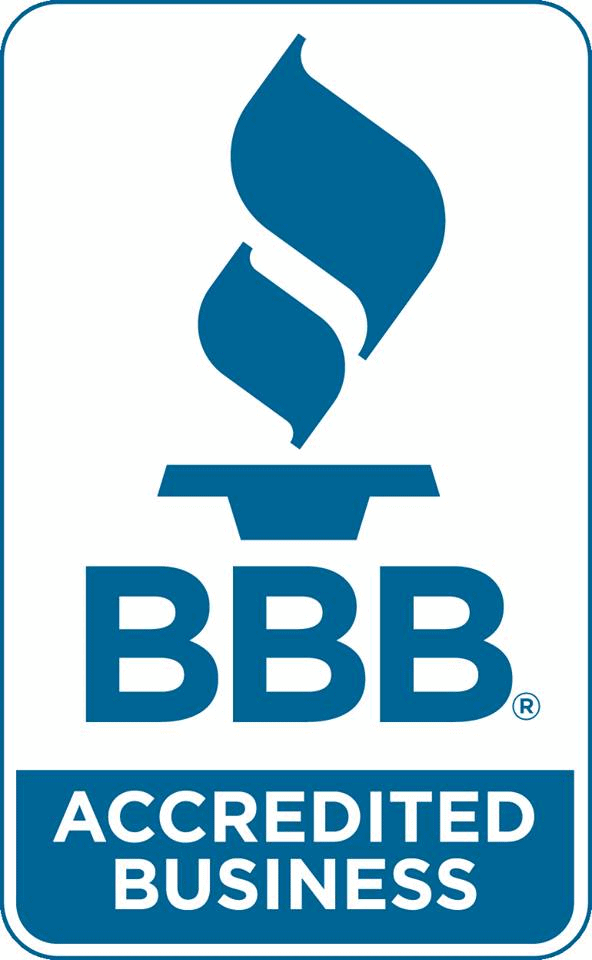When Is It Time to Remove a Tall Tree in My Yard?

When is it Time to Removal a Tall Tree in My Yard
Are you worried about that tall tree going in your yard?
Beautiful, large trees add character to your landscaping and are perfect natural jungle gyms for kids. Unfortunately, tall trees can become more trouble than they’re worth over time. There are also plenty of other reasons to consider tree removal.
From home values to safety hazards, discover when it’s time to remove a tall tree from your property.
Does Your Tall Tree Have a disease?
A disease can infect a once-healthy tree, creating weather and electrical hazards.
Anthracnose is one of the most common deciduous tree diseases. It’s a type of fungi that depends on moist conditions to survive. Thus, the best time to check for this disease is during the rainy months.
Other tree diseases to know include:
- Cedar-Apple Rust
- Dothistroma Needle Blight
- Oak Wilt
- Phytophthora Root Rot
Powdery mildew is another common disease that’s easy to spot. There are also different canker diseases to watch on tree trunks. These diseases make their way through open wounds in the bark.
You can also opt for tree trunk inoculation before seeking tree removal.
This service injects a specially formulated treatment into your tree’s xylem, stopping hazardous fungi from spreading. It’s also effective against harmful tree pests like bark beetles, aphids, and borer pests.
Your tree may be past the point of an inoculation treatment, but a professional will accurately diagnose the problem before recommending a solution.
The most hazardous diseases to monitor are root rot diseases. These include such issues as Annosus and Armillaria.
You can stop a diseased tree from getting worse. That’s why it’s critical to catch problems early, but don’t be fooled! Trees with root rot, for example, look like typical underwatered trees.
Root rot prevents tall trees from absorbing water. The leaves start to wilt and fall. You’ll also notice a generally unhealthy look about the tree.
If you catch the problem early, there may still be time to treat your tree for root rot. You would need to remove the infected areas of the tree. The next step would be to replace the root’s dirt with fresh, nutrient-rich soil.
When Is It Time to Remove a Diseased Tall Tree?
If there is too much root rot to salvage the tree, you’ll need to remove the tree as soon as possible. Don’t wait too long to remove your tree. Even if a diseased tree is still standing, a single windstorm could knock it over, prompting an avalanche of repairs and liabilities.
Not only do you have your own safety and property to consider, but you also have to factor in surrounding areas, like your neighbors’ homes. There’s also street access, powerlines, and pedestrians to think about.
If you saw off the diseased tree trunk yourself, the diseased roots (and surrounding soil) remain. Instead, a professional tree removal service can remove the entire tree, including the diseased roots.
Are you planning to replace your diseased tree?
This time, nurture healthy tree growth from the very start. Revitalize the area with new, nutrient-rich dirt and deep root fertilizer; this is a must for trees in parks and urban areas.
Of course, if a neighbor or state official asks you to remove the tree, you will need to do so promptly. Your city may have local ordinances prohibiting diseased or hazardous trees from remaining on residents’ properties. It’s always good to check, just in case.
Do Old Trees Need Tall Tree Removal?
Do you have an old tree that’s been on your property for ages?
How old is too old, and when is the best time to remove an old tree?
You may also be tempted to remove an old tree, especially if it’s tall or situated too close to power lines and roofing. In these cases, you may want to consider routine tree trimming and pruning; this way, you can still keep your beautiful tall tree, as long as it’s still healthy.
If the old tree is dead or dying, that’s another story. A tree professional can diagnose the issue and propose any possible life-saving solutions. However, once a tree has passed the point of irreversible decay, there’s not a lot you can do but remove the tree.
Trees typically die because of rot, disease, and pests.
Remember these signs of a dying tree:
- Severe leaf fall (or no leaves at all)
- Falling twigs and branches
- Trunks riddled with termites
- Visible rot
- Loose bark (or bark falling completely off)
Is your tree leaning to the side?
That’s another sign of a dying tree. The tree’s trunk is rotting out from the inside (and roots.)
Is Your Tree a Weather Risk?
While beautiful, large trees are major fire risks if they’re situated in hazardous spots. This is important to consider if you live in an area that experiences heavy winds, rains, or snowstorms.
One of the biggest trouble areas is power lines. A tall tree can awkwardly grow in the neighborhood powerlines, creating an electrical safety hazard during high winds and storms. These trees often grow right next to home windows, as well, increasing the risk of broken glass and injuries during powerful storms.
Lightning strikes can also damage trees beyond repair, necessitating the need for removal. During powerful storms, tree pieces can break off, causing property damage to your home and car. Weather-damaged trees also increase the injury risk of pedestrians and drivers.
Weather-damaged trees that hang over the driveway are also disasters waiting to happen. Broken branches can damage your car’s roof and windshield, including your neighbor’s car. Weather-damaged trees can also cause damage to your neighbor’s property, creating an insurance liability.
Remove Hazardous Trees Before You Sell Your Home
Are you packing up and moving to a new house?
Get as much money as you can for your previous home!
Tree removal is an excellent way to improve curb appeal and asking prices. Fresh, clean landscaping attracts more buyers. Plus, problematic trees may deter homebuyers from taking an interest.
A problem tree may be one that’s grown too large for the yard. These trees obstruct sunlight and have large root systems that make gardening and home foundation repairs difficult. Removing the tree altogether can save a world of headaches.
Are You Ready to Remove Your Tree?
Keep this guide handy as you decide the best course of action for your tall tree. Remember to remove hazardous trees as quickly as possible to prevent injuries and liabilities.
Request a tree removal appointment today, or contact us to learn more about our local services!



You must be logged in to post a comment.